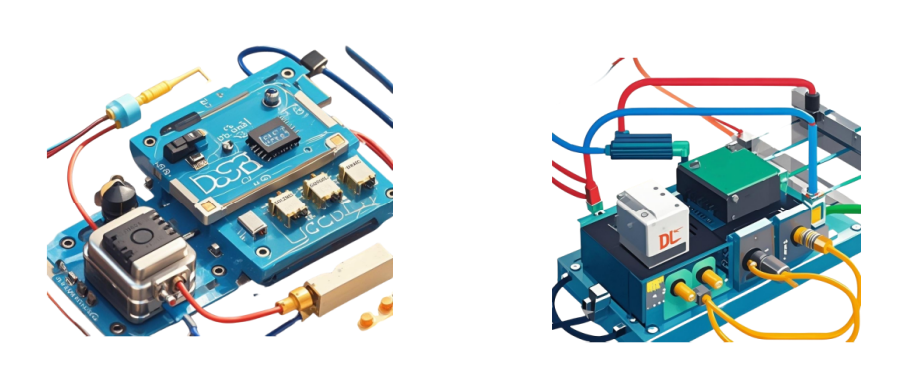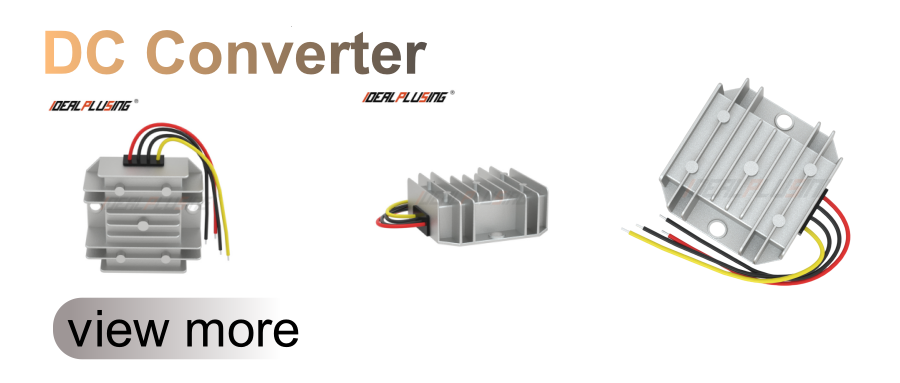A DC-DC converter is an electronic device that converts a direct current signal into another electrical signal. It is widely used in various electronic devices. This article will introduce the working process and function of the DC-DC converter in detail.
Working process of DC-DC converter
The DC-DC converter is an electronic regulating device used to adjust the voltage output to meet specific needs. The DC-DC converter performs voltage conversion by controlling the current or the direction of current flow. Since the DC-DC converter is a DC voltage converter, switching circuit technology can be used to continuously digitally modulate the input signal over a wide range to achieve efficient conversion effects.

There are many different operating modes for DC-DC converters, among which the most common products in the IDEALPLUSING factory are Boost, Buck and Buck-Boost modes. In Boost mode, an inductor is charged, and when the switch tube is turned off, the inductor is charged and discharged, and the energy is transferred to the output load. In Buck mode, the inductor stores leakage current for the load and capacitor. The process is the same as Boost mode, but the output voltage is lower. In Buck-Boost mode, the semiconductor switch closed in the Zener tube switches or switches when the input voltage is positive to generate electronic power, thereby controlling the output voltage.
The role of DC-DC converters
DC-DC converters are widely used in the field of electronic engineering. The following are its main functions:
1. Adjust the power supply voltage: Since the voltage of the DC power supply usually cannot meet the charging requirements of electronic devices, DC-DC converters are usually used to adjust the voltage or make the power supply continuous.
2. Save space: DC-DC converters are usually small in size and can be written into electronic devices, thus saving space and bringing better design and use experience.
3. Correct the voltage level: When the power supply is too low or too high, the DC-DC converter can adjust the voltage to make the DC power supply closer to the required voltage and achieve optimization.
4. Improve efficiency: The application of DC-DC converters can greatly improve the efficiency of electrical conversion. By processing process data, DC power can be efficiently converted into the required voltage.
5. Level smoothing: DC-DC converters can smooth the output power supply voltage by using components such as capacitors, inductors, and filter circuits, thereby reducing the fluctuations of the power supply voltage and ensuring the stable operation of electronic equipment.
In short, the DC-DC converter is an extremely important electronic device that can convert the DC power supply voltage required in electronic devices into other required voltages, thereby achieving efficient operation and efficient energy utilization. Therefore, the efficiency and flexibility of the DC-DC converter are also important reasons for its wide application.








